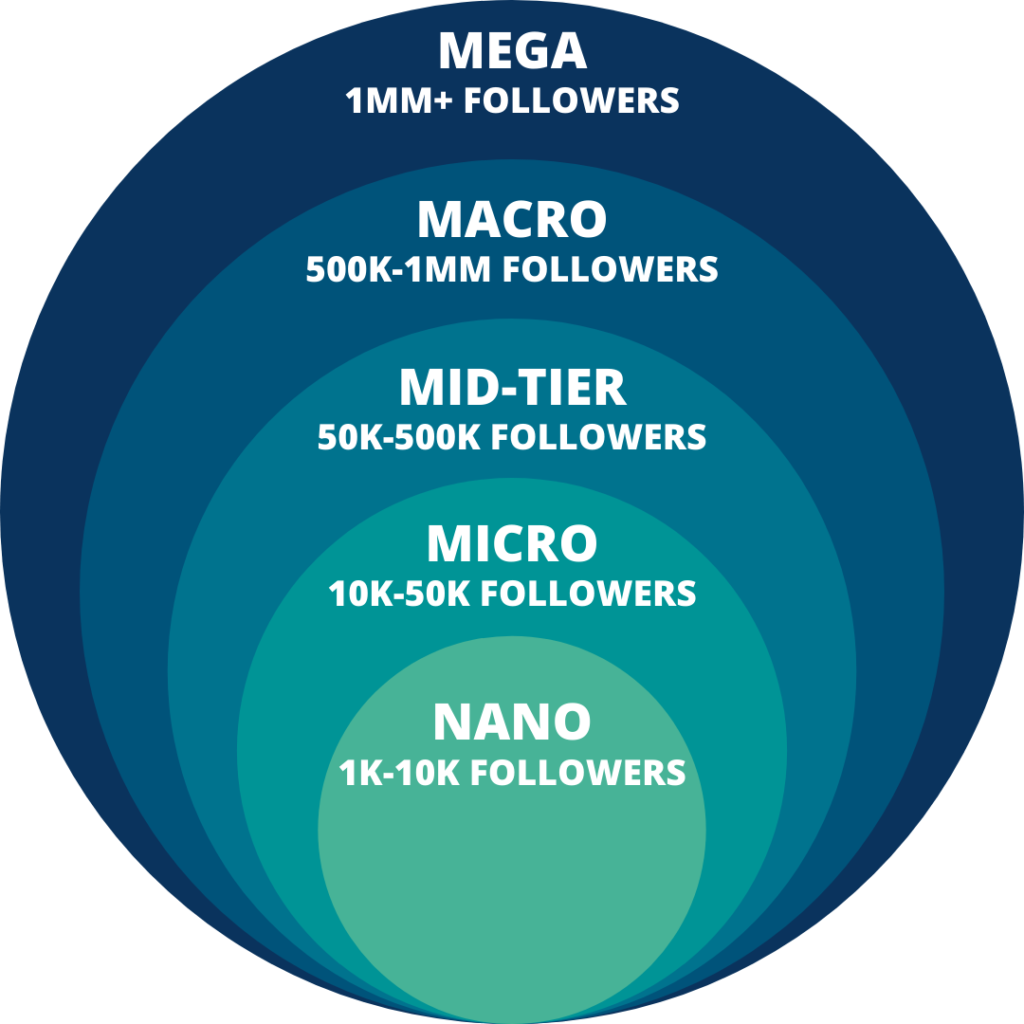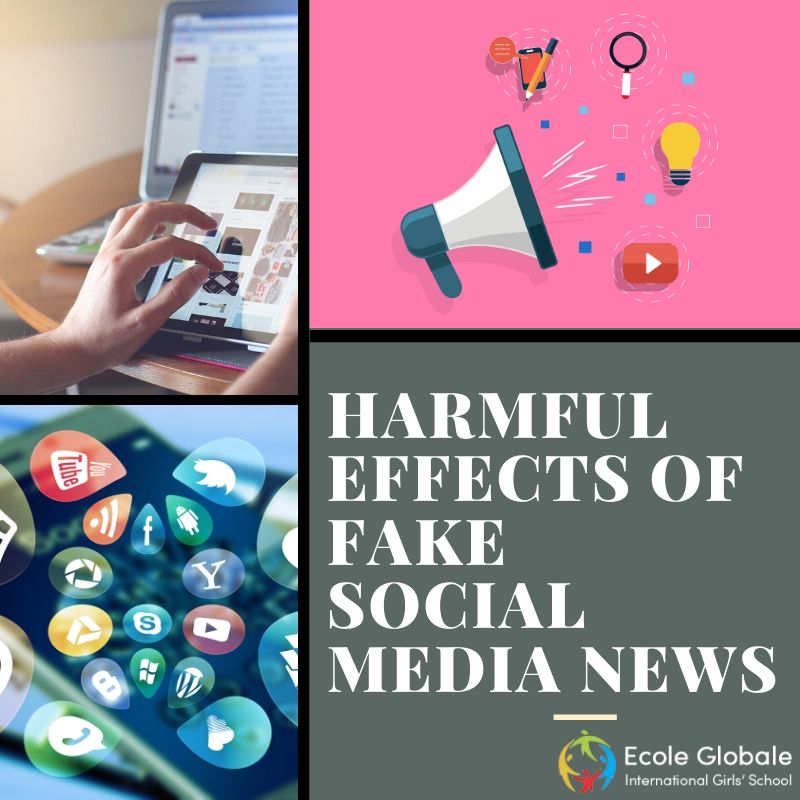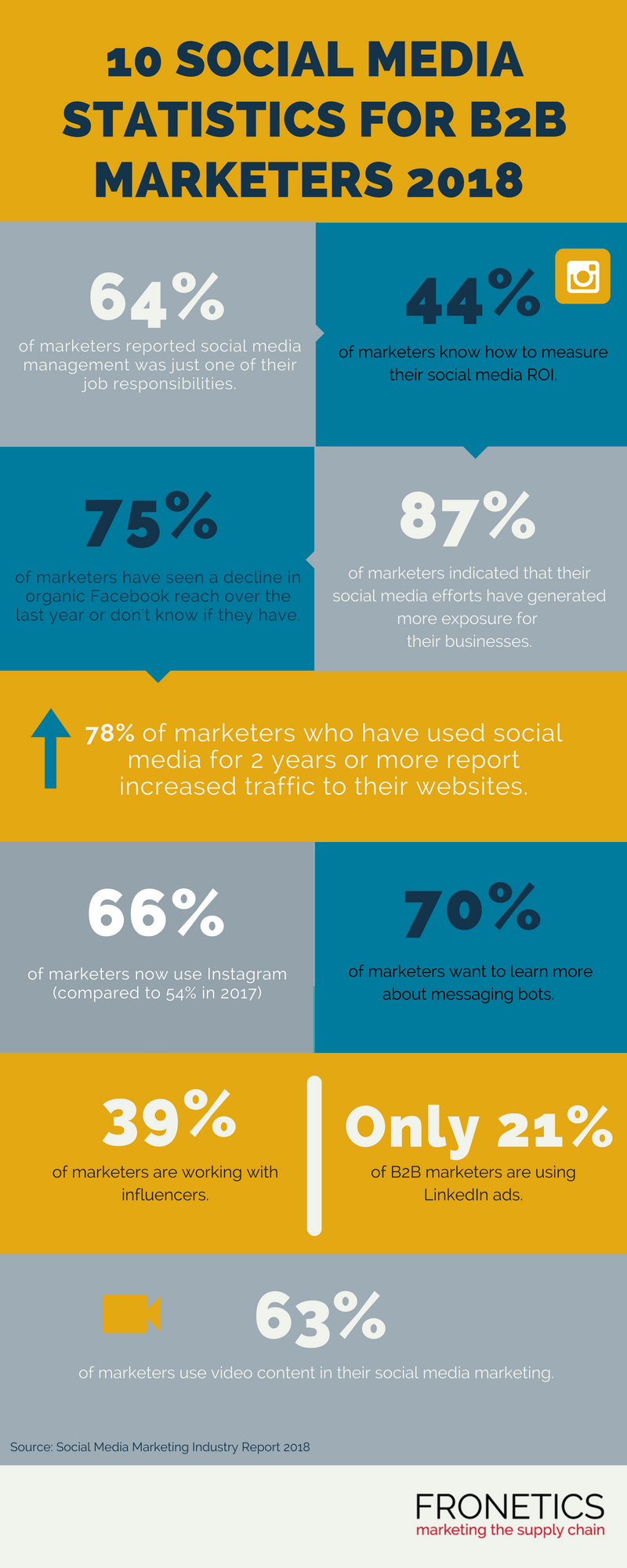
Content marketing is the use content throughout the customer's entire life cycle to help businesses meet their goals. Content marketing doesn't involve running advertising campaigns. It involves creating a story that is appealing to readers and improving the lives of consumers. Below are some benefits of content marketing. You can read more about this strategy here. We hope this helps. Enjoy your marketing. Let's get into it!
Content marketing can be used to achieve customer and business goals. It uses content from all stages of the customer lifecycle.
It has become increasingly important to devise a strategy that can meet the diverse needs and wants of both consumers and B2B buyers. Content marketers must be aware of their customers and products in order create content that resonates. Content marketing must be about attracting customers at the right times and places with the right content.
While content marketing is a great tool, it requires a strategy and a purpose. Once you determine the goals of your content marketing strategy, you can go about developing your strategy. You should not interrupt the consumer with content. It should be useful, increase product usage, and entertain. Without being promotional, content marketing can help you reach your customer and business goals.
It's not about advertising campaigns
You might have heard of the term content marketing. But are you aware it isn't about advertising campaigns? Content marketing focuses on building long-lasting relationships and connections with your target audiences. Your content should be relevant to your target audience. It must also provide valuable information. Here's how content market can help you do this. Not every article should be a sales pitch. It should solve the problem of the consumer.

Content marketing has the advantage of increasing brand awareness. This helps to build trust and consideration with people who might not be likely to buy from you. This makes it easy to reach the right people and convert them into buyers. Unlike advertising, content marketing is free from the constraints that can limit its effectiveness. This is especially true for companies that cannot afford large advertising budgets. But, it is harder and takes more time.
It's creating a narrative that appeals and engages readers.
A good story is more that a plot. Stories that inspire and motivate people to take action are called stories. It is important to take into consideration many factors when you are trying to make content marketing a success, including distribution, promotion and search engine optimization. Here are some of these key considerations. Here are some key elements to creating a compelling story. It is important to remember that you are not merely trying to promote a company; your goal should be to generate interest in the brand.
Emotional creatures are what we call people. Stories can help brands connect with customers on an emotional level. Unlike advertisements, which are typically very bland, stories inspire action. It is possible to transform boring content into content that elicits a particular reaction. Stories can cause an emotional reaction, which can then lead to the desired outcome.
It's all about helping consumers improve the quality of their lives
Content marketers shouldn't view content marketing as a promotional tool. Instead, they should be focusing on providing useful, valuable content to their audiences. The most successful brands tell stories that relate to their audience and not about themselves. Instead of focusing solely on the products they sell, they should instead focus on how to improve the lives of their customers and the world around. Ann Handley is a prominent figure in the field content marketing. She believes content marketing can work in both online as well offline settings.

Businesses with valuable content or expertise are preferred by customers. Consumers want industry experts to address their issues. Your audience will trust you if you publish quality content. Consumers will often buy after they have learned more about the solutions offered and are familiar with the brand. You can build trust with your customers and ultimately make them purchase your product through content marketing. These are just a few of the many benefits that content marketing can bring to your business.
FAQ
What is strategic content marketing?
Content Marketing is the art of creating valuable content for others to share across channels. It's about giving people the things they want. The most successful companies are those who understand this.
Strategic Content Marketing allows you to give your customers exactly what they want at the right time.
To understand people's interests and their thinking, you must first get to know them. It is important to provide high-quality content that solves their problems and answers their questions. This builds trust and loyalty and ensures you are top of mind when they need your product or service.
What is the ROI of a Content Marketing Strategy for me?
Businesses who implement a Content Marketing Strategy see a return on investment (ROI), between 5x-10x greater than those that do not.
A Content Marketing Strategy is used to generate leads and sell.
It provides valuable insights into the business. These insights help you make smarter business decisions. For example, they can help you identify new opportunities and improve customer service.
So, if you're wondering how much money you could be making from a Content Marketing Strategy, let me tell you:
Your overall revenue can easily be doubled
What are the different content strategies?
Content strategy is a term that encompasses all aspects of the creation, management, distribution, measurement, optimization, and evaluation of content for digital channels. It includes what you share on social media platforms like Facebook and Twitter as well as what you highlight on websites, blogs, and other online properties.
Content strategy is vital because it determines how you will focus your time and effort, the content types you should use, as well as what message you send to your target audiences.
It is about understanding how content fits within the overall business goals to help you achieve them.
How can content marketing strategy help me?
Content Marketing Strategy gives access to data you might not otherwise be able to. This data can be used to determine which content types perform best.
It will help you determine the best strategies to increase traffic to your website. It also provides insights into the behavior of your audience so you can create even better content.
This means you can spend less time worrying about what kind of content works and more time focusing on what doesn't.
A Content Marketing Strategy also helps you analyze what messages resonate most with your audience.
You can find out their preferred content by analysing these messages. So that you can continue creating similar content and keeping those ideas in motion.
A Content Marketing Strategy can help you track the performance of your content. As you continue sharing different content types, you can easily see which ones convert better.
A Content Marketing Strategy is essential to ensure your content performs according to its intended purpose.
How long should my Content Marketing last?
It depends on your goals. Some businesses only want short-term success, while others aim for long-term development. We recommend starting with three months of consistent content creation and then reevaluating after that period.
Statistics
- This marketing strategy landed Ford a 15.4% conversion rate. (neilpatel.com)
- Progress indicators (0–100%) allow each team member to see how attainable each goal is and understand what remains to be accomplished. (semrush.com)
- According to our research, brand awareness, attracting traffic, and generating leads remain the key content marketing goals in 2022. (semrush.com)
- An example of an overarching goal could be: "In 2022, we want to achieve a 20% increase in revenue created by organic content and generate 15,000 MQLs with a budget of $30,000." (semrush.com)
- Out of the 1,500 marketers we surveyed for our State of Content Marketing report, 78% who felt their content marketing strategy was exceptionally effective in 2021 had documented their strategy. (semrush.com)
- According to research compiled by Coschedule: Companies that publish 16+ blog posts a month get as much as 3.5x as much traffic as those that publish 0-4 posts a month. (criteo.com)
- Seventy-two percent business to business (B2B) (mailchimp.com)
- Measure your goals with a progress indicator of 0-100%. Make your goals collaborative and transparent (semrush.com)
External Links
How To
Content Marketing Tips: Infographic Creation Tips
Infographics are a powerful way to simplify complicated concepts, and make information easier to understand. You should use infographics to spread the message about content marketing.
For creating an infographic you'll need software such as Adobe Illustrator and Photoshop. You can use these programs to draw out different shapes and elements to represent your data, then add colors and fonts to make everything look nice. Once your design is ready, you can start uploading images from sites like Pixabay and Unsplash to insert into your design.
Check out existing infographics online to get some ideas. If you want to show calories in certain foods, then you can take a picture or diagram of a food pyramid, and add pictures of the foods. You might also want to calculate how many calories are in soda pop. This can be done by taking a picture with a bottle of Coke.
Once you have designed your infographic you can share it via social media channels, such as Facebook or Twitter. This will make it easier for people who don't know the concept to get familiar with it. Use hashtags to let others know what infographic you are sharing on social media. Users can follow conversations around specific topics using hashtags.
If you decide to create an infographic, try making your posts shorter than usual. A blog post may be 2000-5000 words long. An infographic requires only 500-1000 words. This allows you to convey more information in a smaller space.
Make sure you consider that your infographic will be difficult to read by some viewers. Make sure you use large enough fonts and don't rely too heavily on color for your graphics. Make sure all text is legible.
These are additional tips:
-
Use an infographic template. There are many online templates that you can download or print. Canva (Piktochart) and Google Slides (Google Slides) are some of the most requested templates.
-
Your Infographic is ready. To create your infographic, use the template. You can use any media that suits your audience. If you want to create an infographic on the best places for food in Seattle, for example, you might use photos from local restaurants.
-
Add text. After creating your infographic, add text with Microsoft Word, PowerPoint, and Canva.
-
Add Images. You can also add images to your infographic. These can be pictures, charts, graphs, or icons. If you wish to include a picture, ensure it is relevant.
-
Make It Interactive. You can add interactive elements, such as maps, buttons, and links. This will engage your audience.
-
Share. Share your infographic with others on social media such as Facebook, Twitter and LinkedIn.
-
Measure. Measure. Did people click through? Did they sign-up for your email address? Was their reaction to the infographic?
-
Improve. Is there a way to improve your infographic? What could you do better next year?
-
Repeat. Repeat.